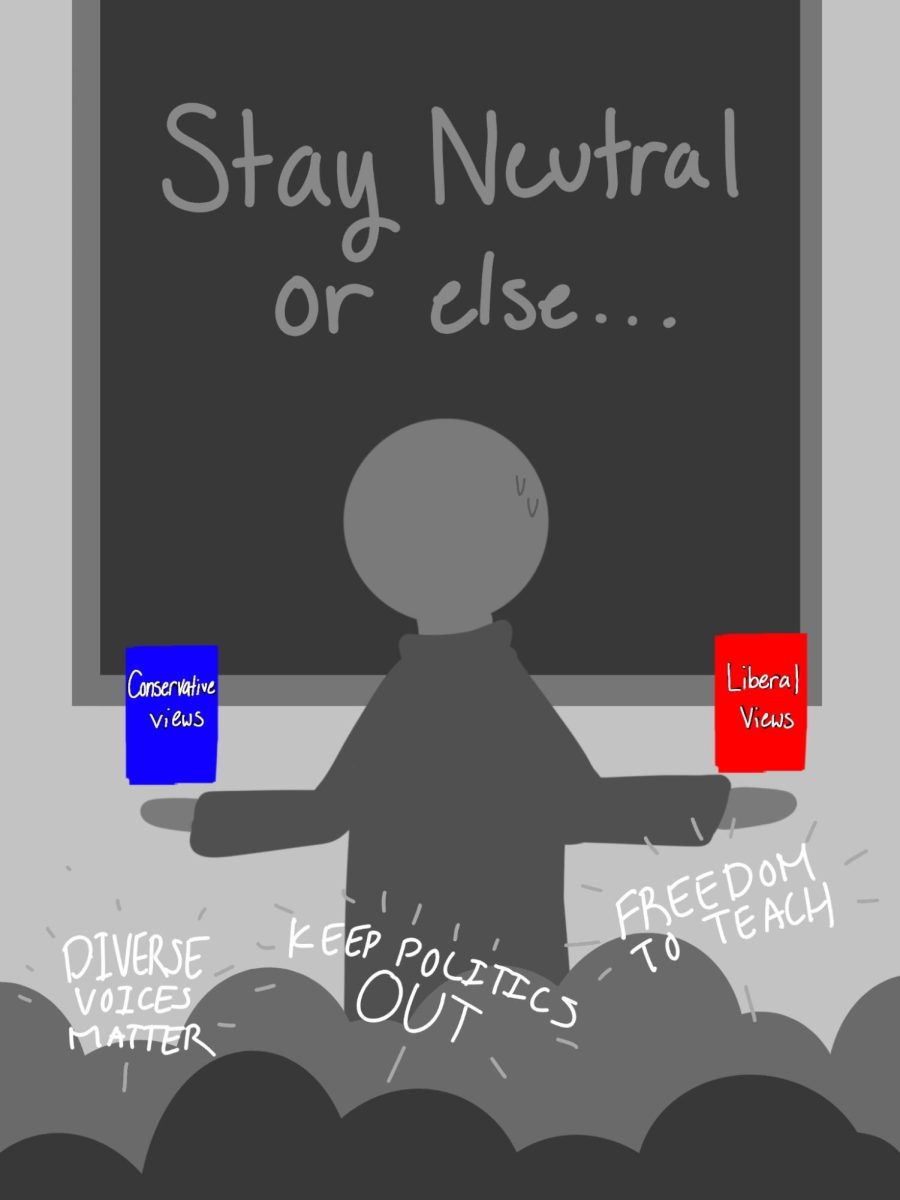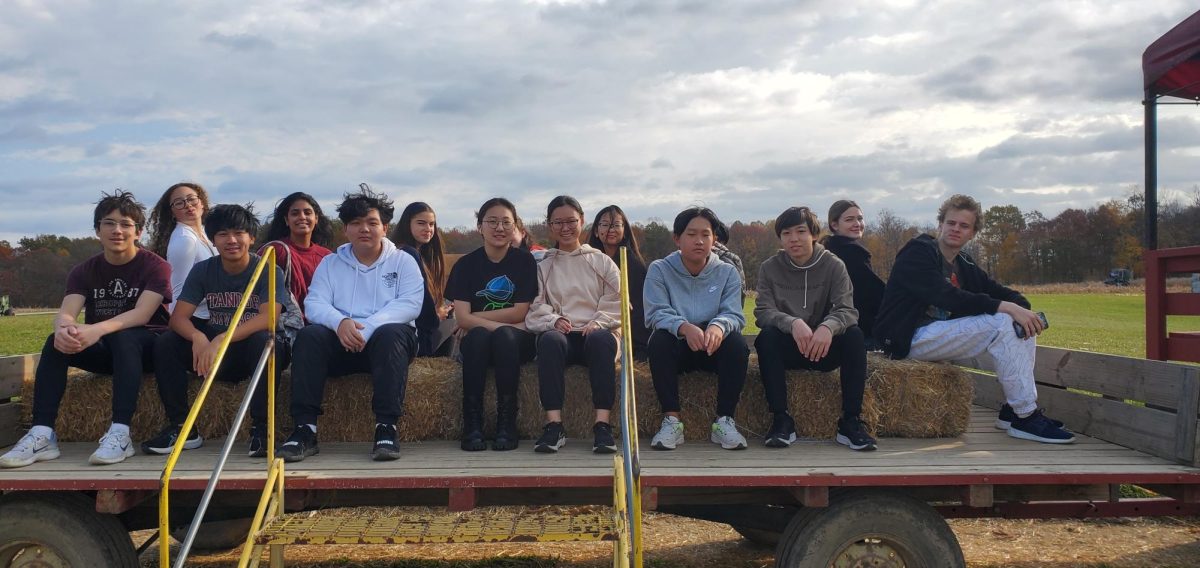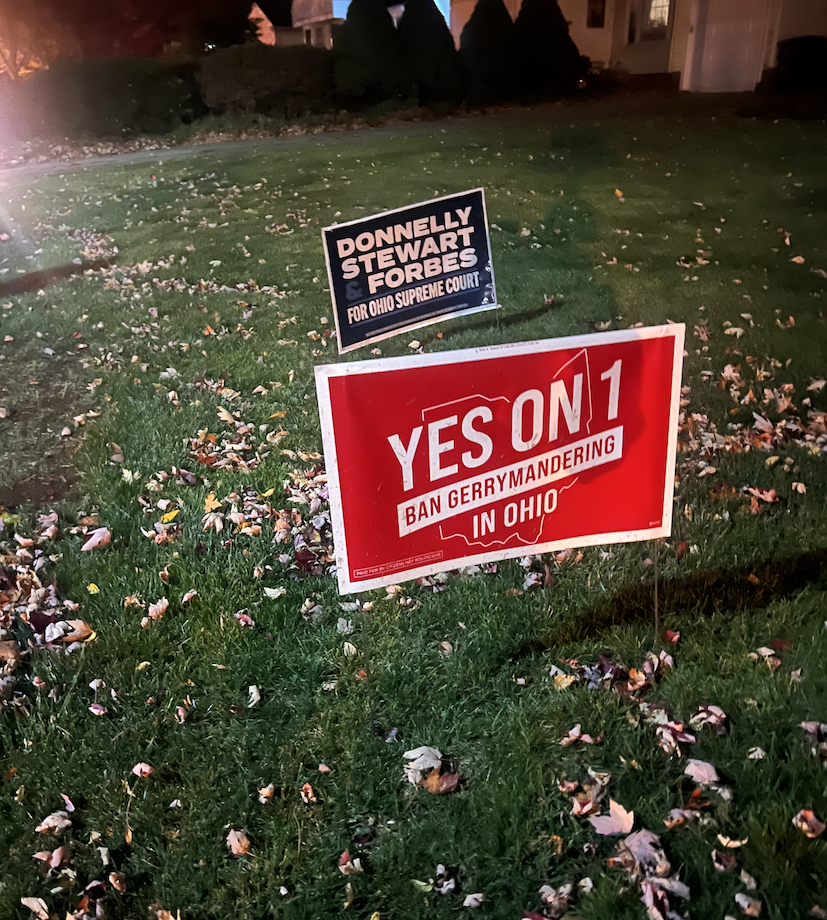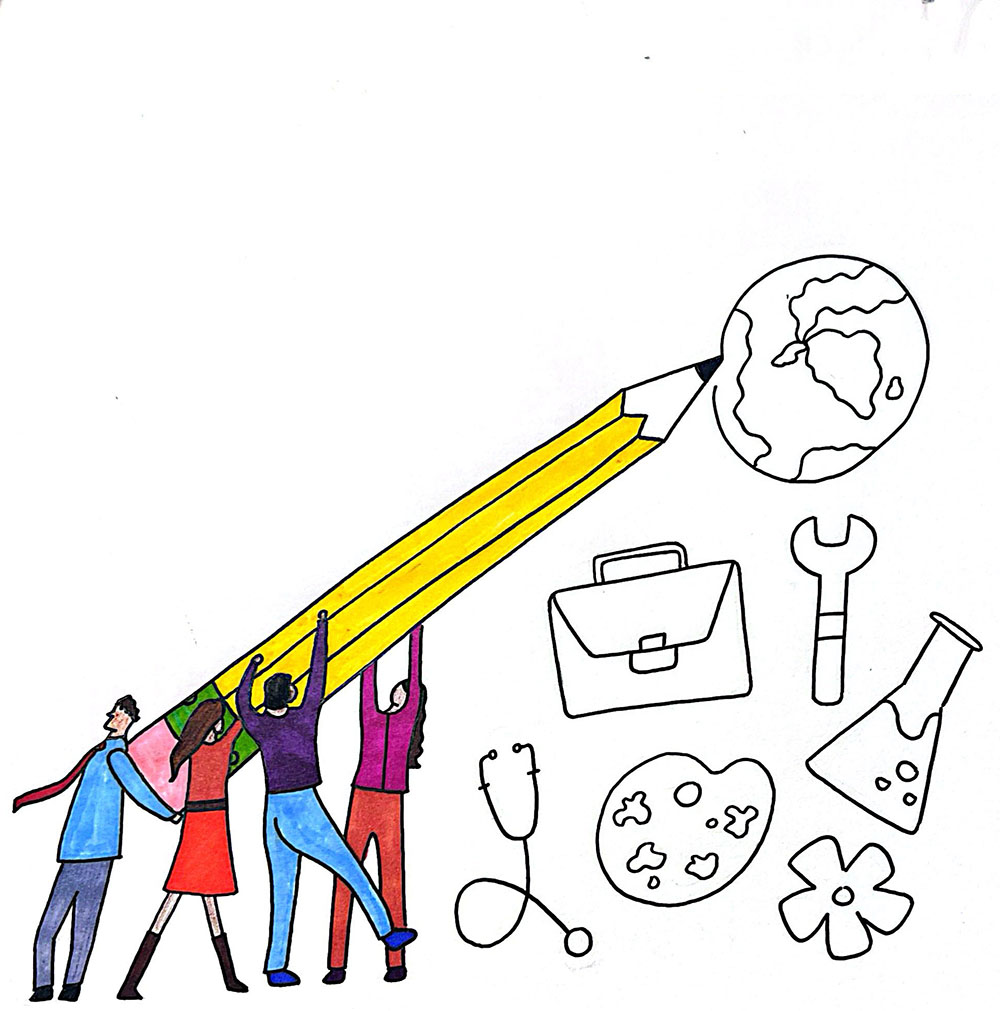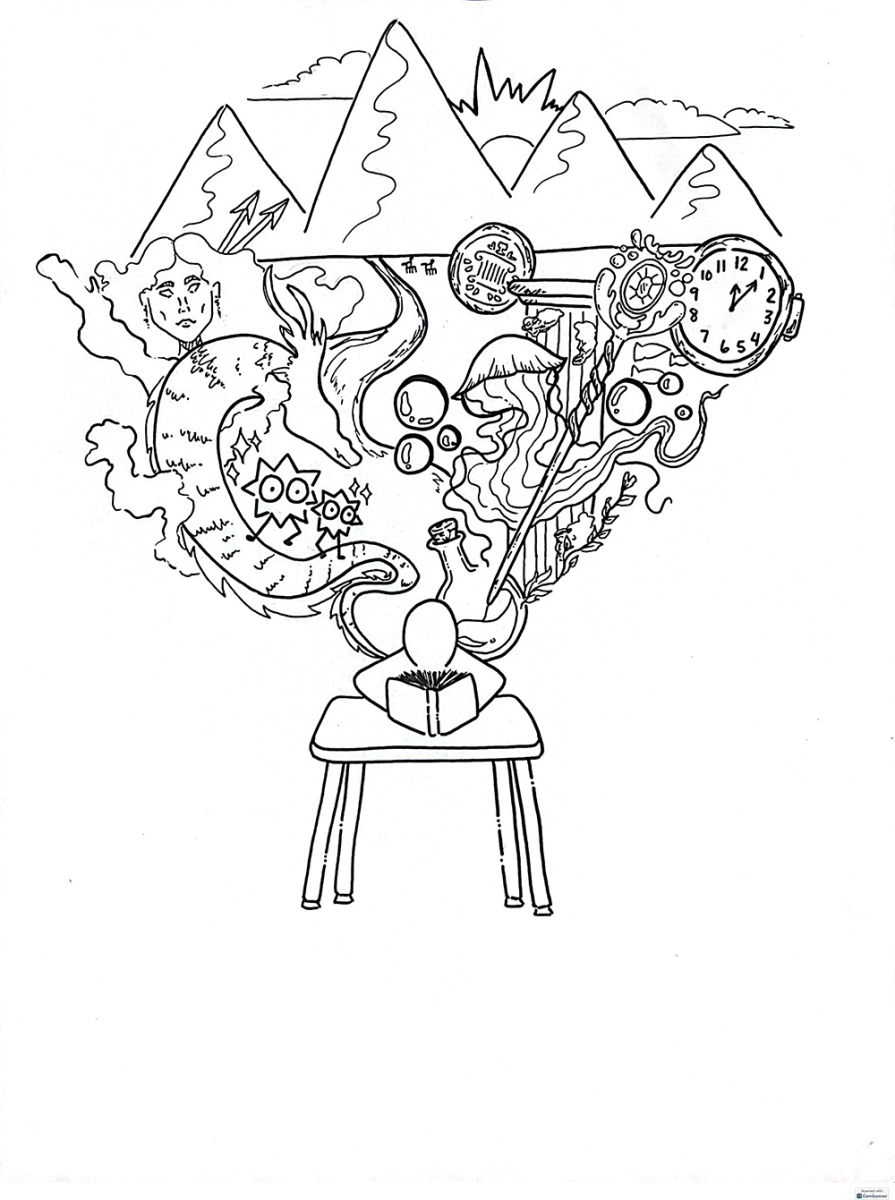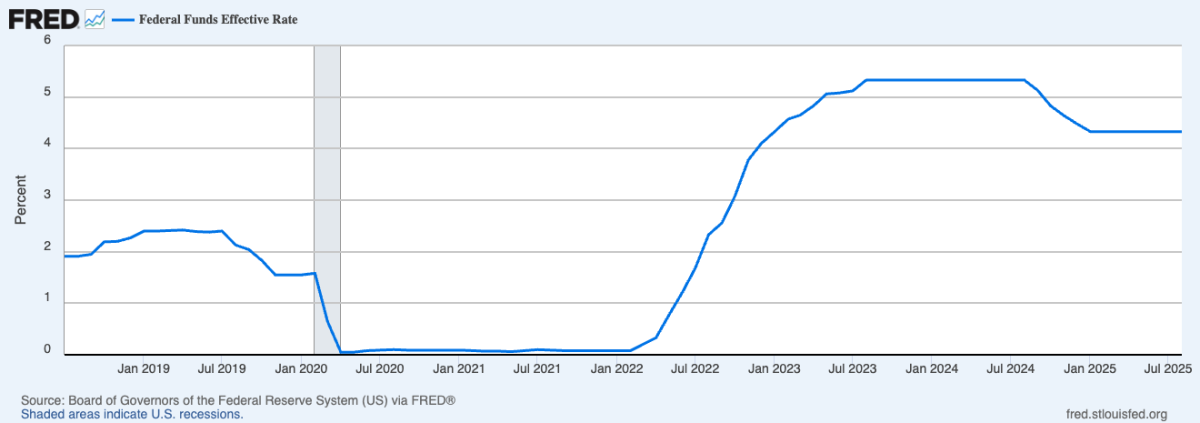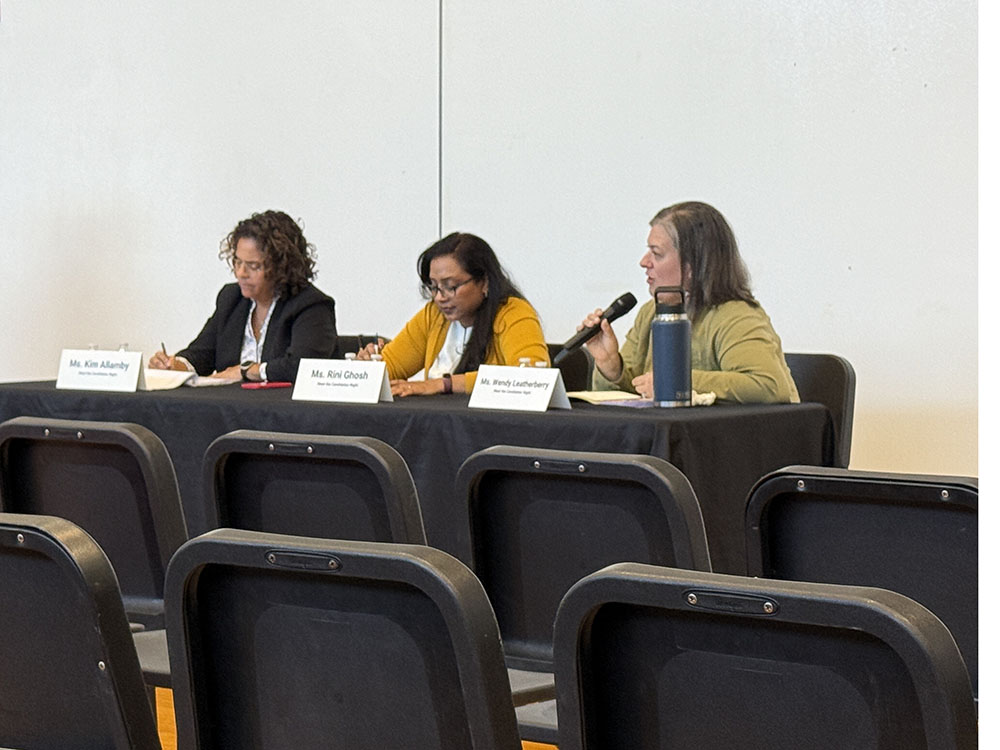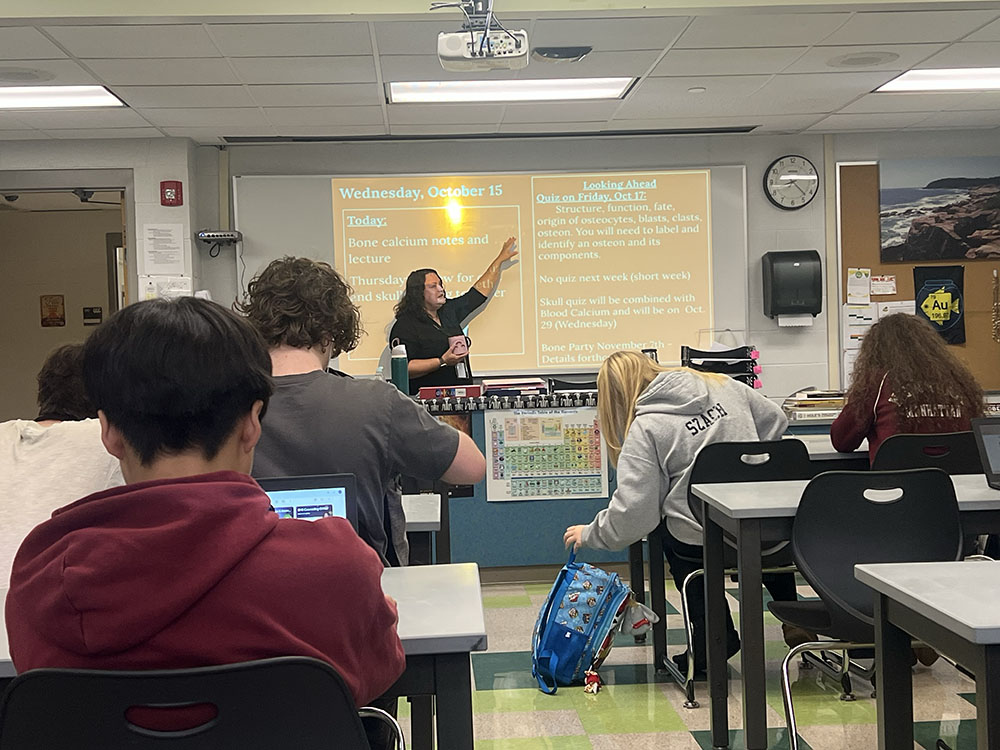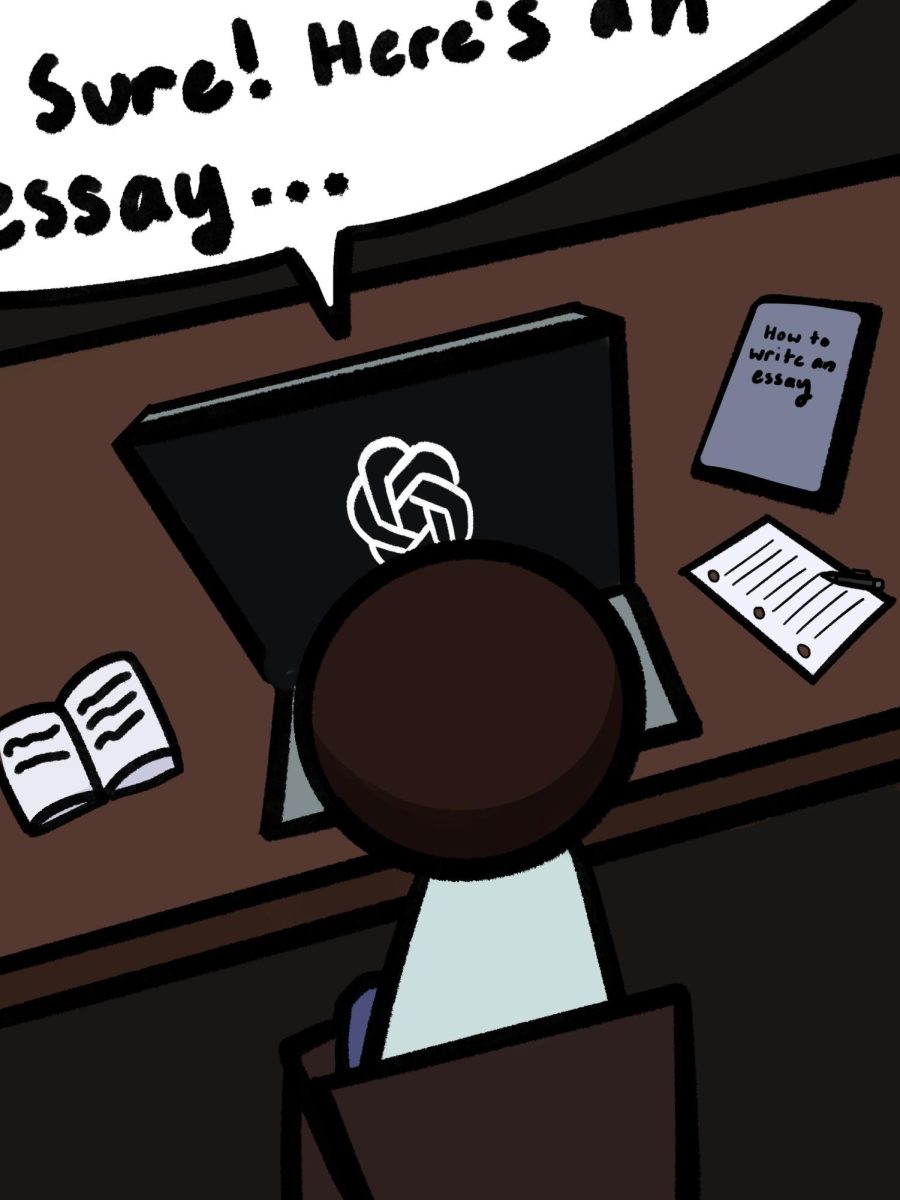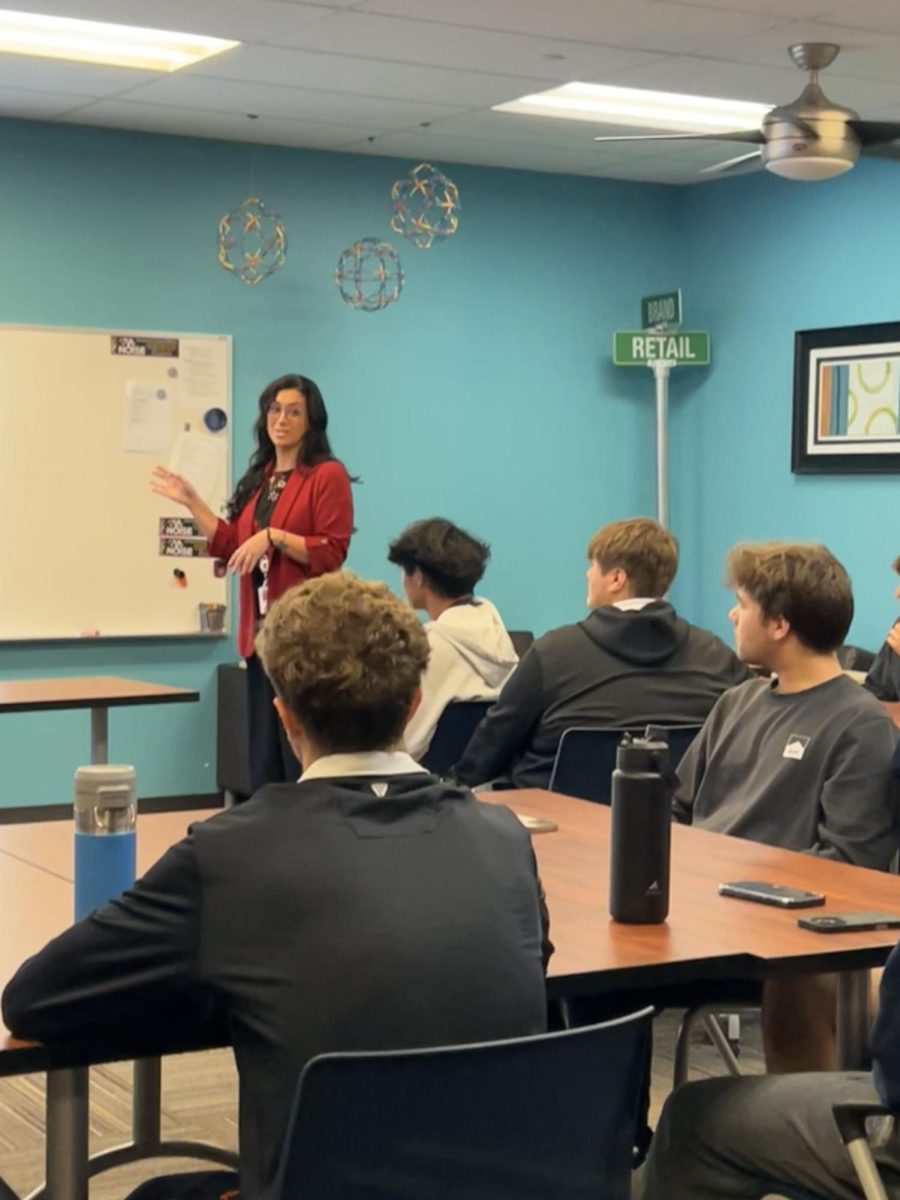On Mondays last year our journalism class went to the library for “Media Literacy Mondays.”
Library media specialist Angela Maxwell showed us clips from TikTok, Twitter and Instagram and asked us to pick apart fact from fiction.
She showed us articles from the mainstream media describing myths of immigrants threatening national security, fallacies of the COVID-19 vaccination and falsehoods about the ongoing Ukraine-Russia war.
When I saw that these provocative posts received millions of views, only then did I understand the widespread impact misinformation is having on my generation.
Young people are particularly affected by this trend of misinformation. At this point in our lives, we start to acquire our political socialization. Thus, we are more susceptible to being influenced by our environment, that is, our family, friends, school, social media, and news outlets. With the rise of AI-generated images and the rapid spread of hostile social media posts, the impact of misinformation has only intensified.
The roots of misinformation lie in not just outright falsehoods, but also unexpected sources: bold, flashy headlines, loaded language exploiting stereotypes, and inflammatory opinions taken as fact. As a result, young people are overcome with the misinformation effect, a psychological phenomenon in which false or misleading information distorts one’s understanding of an event or topic. This phenomenon, I’ve realized, has resulted in pointless arguments and wild conclusions across the world today, thereby fueling an era of misinformation.
Recently, the effects of misinformation have escalated from verbal disputes to physical conflicts. Fights are breaking out at schools and college campuses on hot-button political issues such as the Ukraine war and the war in Gaza. Individual groups are formed, each spiteful of the other.
As it is, we already find ourselves in difficult dialogues over sociopolitical issues; however, misinformation has made it exponentially worse. In a polarized nation, where citizens and politicians struggle to compromise, I worry for the time when my generation takes the lead. If the knowledge we perceive is inaccurate now, collaboration in the future will be harder to achieve, thus enacting a detrimental cycle of ignorance and isolation.
If I could see one thing change in the world, it would be the way we interact with and treat the information we receive. I want to see a world where the information we see is truthful and is the unifying force that brings us together rather than driving us apart. One of the first steps we can take to curb the spread of misinformation and its effects is to raise awareness of media literacy skills. These skills include the ability to distinguish between opinionated commentary and reported news, developing critical thinking, locating bias, and fact-checking claims.
However, a significant hurdle is that knowledge resistance is not uniquely dependent on only the information we consume. Various types of biases including psychological and confirmation biases suggest that individuals, though aware of the evidence or consensus about an issue, may still choose to believe the opposite, which could be a key driver of knowledge resistance. Measures to overcome such biases would be challenging to implement. One could utilize the potential of using the new field of computational social science to facilitate early detection of misinformation and develop measures to mitigate its effects.
However, a more long-term solution to misinformation would be supporting local newspapers. Often the most trusted by communities, local papers make up 25% of the country’s media outlets but produce almost half of all original reporting. More than 2,000 local newspapers have closed or merged since 2004 though. Simply put, this is due to insufficient funding. Understaffed papers leave journalists overwhelmed with the number of stories that need to be covered, pressured to meet deadlines sooner, and a drive to make sure their articles get the most viewership. Advertising, which once served as the primary funding source for these newspapers, has now been taken over by tech giants like Google and Meta. As a result, these extenuating circumstances make it more likely for misinformation to occur.
There are several measures that can be implemented globally and individually to combat the spread of misinformation. Governments should ensure the reliable dissemination of accurate official information. Social media platforms can work to block access to fake news. Most importantly, individuals must exercise vigilance by practicing information hygiene. This includes critically evaluating the source, facts, and format of incoming information. People should also consider whether they accept information because it is factually supported or simply because it feels good to believe it.






